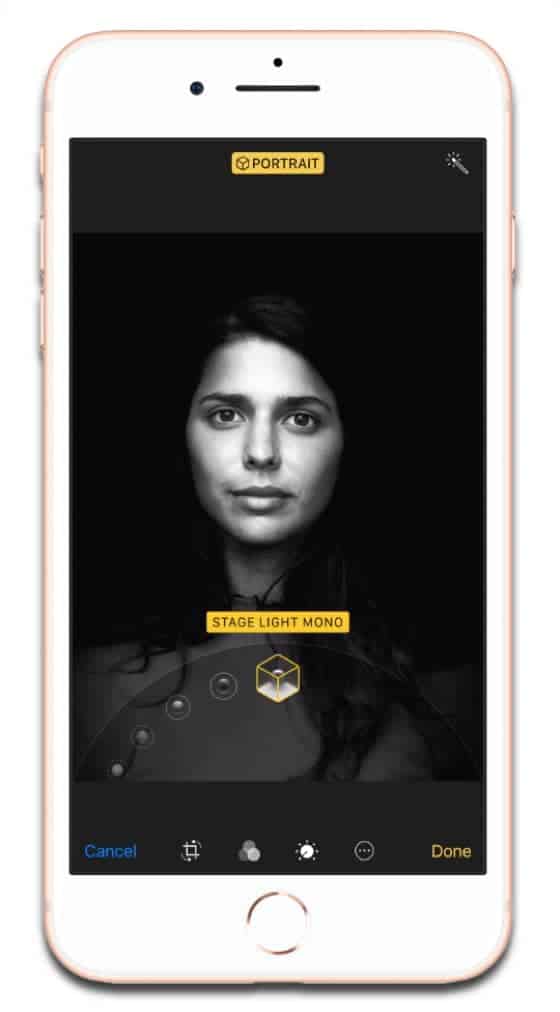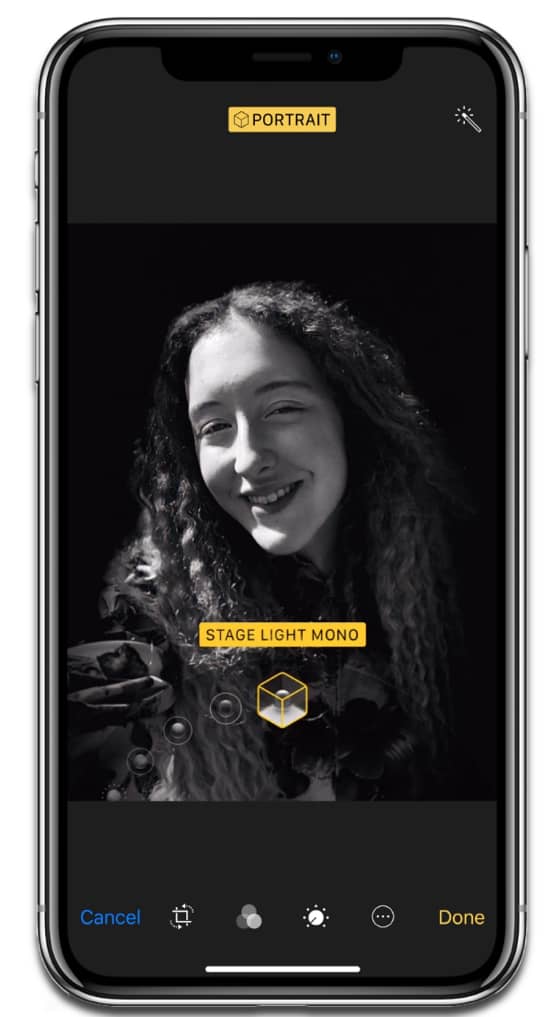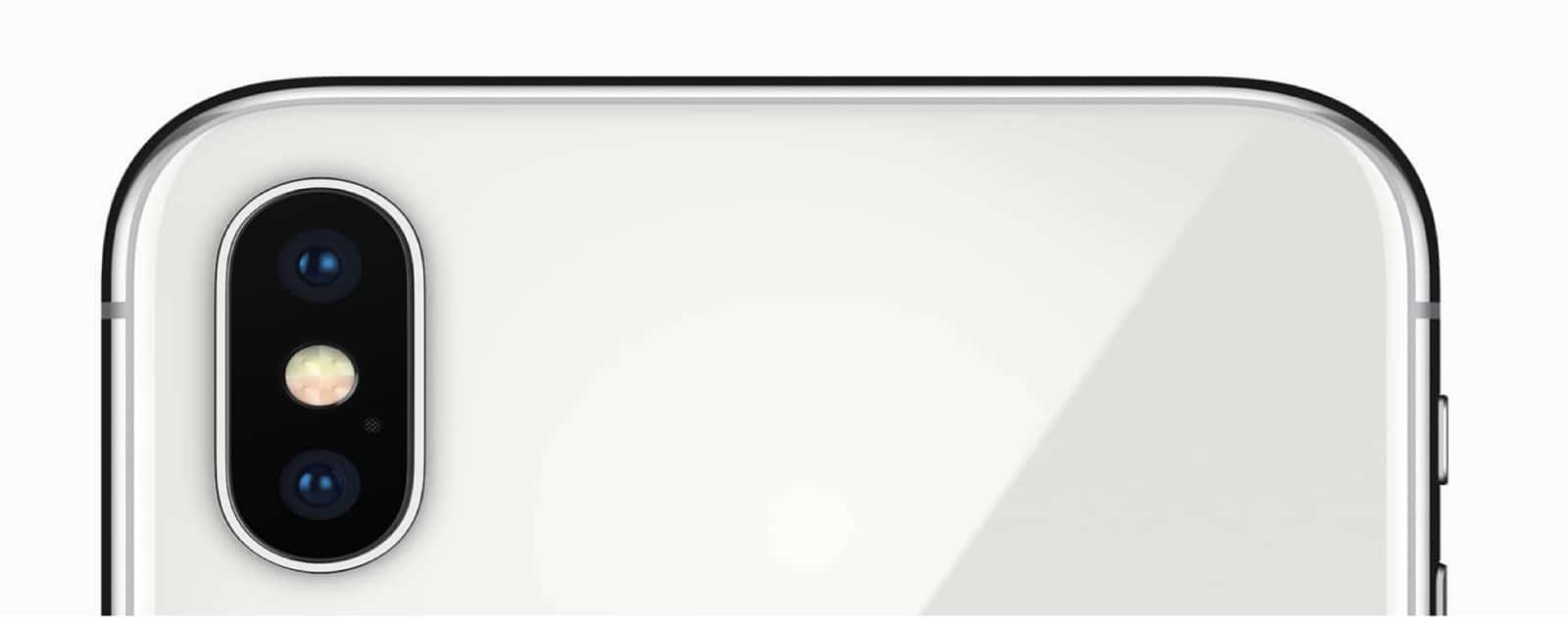Today’s Apple event was packed with new technologies. We skipped over iPhone 7s entirely and now have the iPhone 8 and iPhone 8 Plus. Additionally, Apple announced the iPhone X, which is its vision of the future of iPhone. All of the new models have better cameras with more functionality. Let’s walk through the new iPhone camera features.
iPhone 8, iPhone 8 Plus
The iPhone 8 and 8 Plus have more advanced 12MP cameras. They better be, because Apple is pushing augmented reality. Both iPhones have new wide-angle six-element lenses at f/1.8 aperture, and a bigger, faster sensor. Optical image stabilization is also coming to the iPhone 8, which will help reduce motion when you shoot videos.
The iPhone 8 Plus has a more powerful f/2.8 telephoto lens that takes better low-light photos. Both models come with a new image signal processor. This optimizes your photos depending on the scene. It also gives you wide color gamut photos, faster autofocus, and better HDR photos.

One of the highlights of the new cameras is called Portrait Lighting. This emulates professional studio lighting by using facial detection and depth maps. These are combined into Portrait Mode to present five different lighting options: Natural Light, Studio Light, Contour Light, Stage Light, and Stage Light Mono.
Natural Light is what you’d expect. It takes a portrait of your subject with a blurred background and the face in focus. Studio Light brightens up the face more. Contour Light gives your subject’s face more dramatic shadows and highlights. Stage Light gives a chiaroscuro effect that puts an artificial black background behind your subject. The subject’s face is sharply lit as if a light were shining on them. Finally, Stage Light Mono is the same as Stage Light, but in black and white.
We’ll also get new features introduced in iOS 11 that all iPhone models can enjoy. These include a new HEIF/HEVC file formats, new filters in the Photos app, and new Live Photo Effects. Recording videos is also improved. You can shoot 4K video up to 60 fps, and slow motion 1080 videos up to 240 fps. Optical image stabilization is more powerful thanks to the new ISP, to reduce motion blur and shaky hands even in low light.

iPhone X
The iPhone X has a more powerful front-facing camera. It’s called a TrueDepth camera, and it’s packed with new cameras and sensors. It has a flood illuminator, infrared camera, proximity sensor, ambient light sensor, a 7MP camera, and a dot projector. The infrared camera and dot sensor are used for facial recognition, called FaceID. It works in any lighting condition by projecting 30,000 invisible dots onto your face to create a facial map.
For the first time you can take Portrait Mode photos with the front camera. And you get the same studio lighting capabilities as the iPhone 8/8 Plus. For the rear cameras, both of them are 12MP. The wide angle has a f/1.8, and the telephoto has a f/2.4 aperture. Both also have optical image stabilization. That’s right, the telephoto lens also has OIS.

You get the same improved HDR capabilities, as well as the new image signal processors as the iPhone 8/8 Plus. With the iPhone X you’ll also get better low-light shots.
